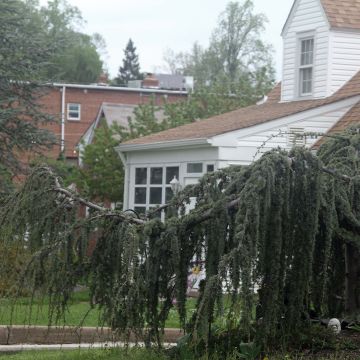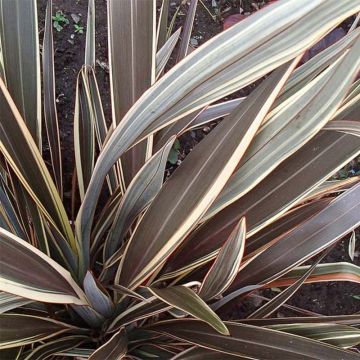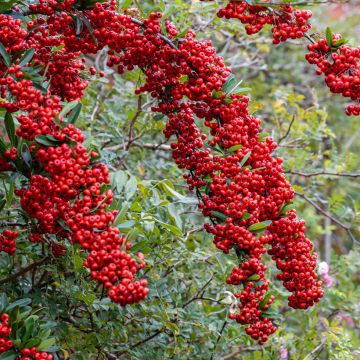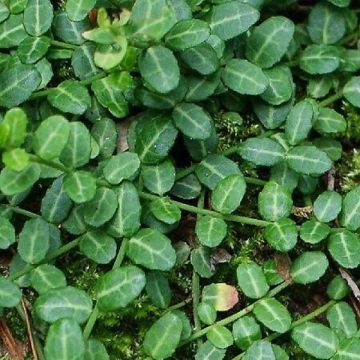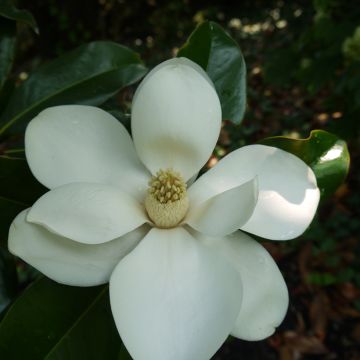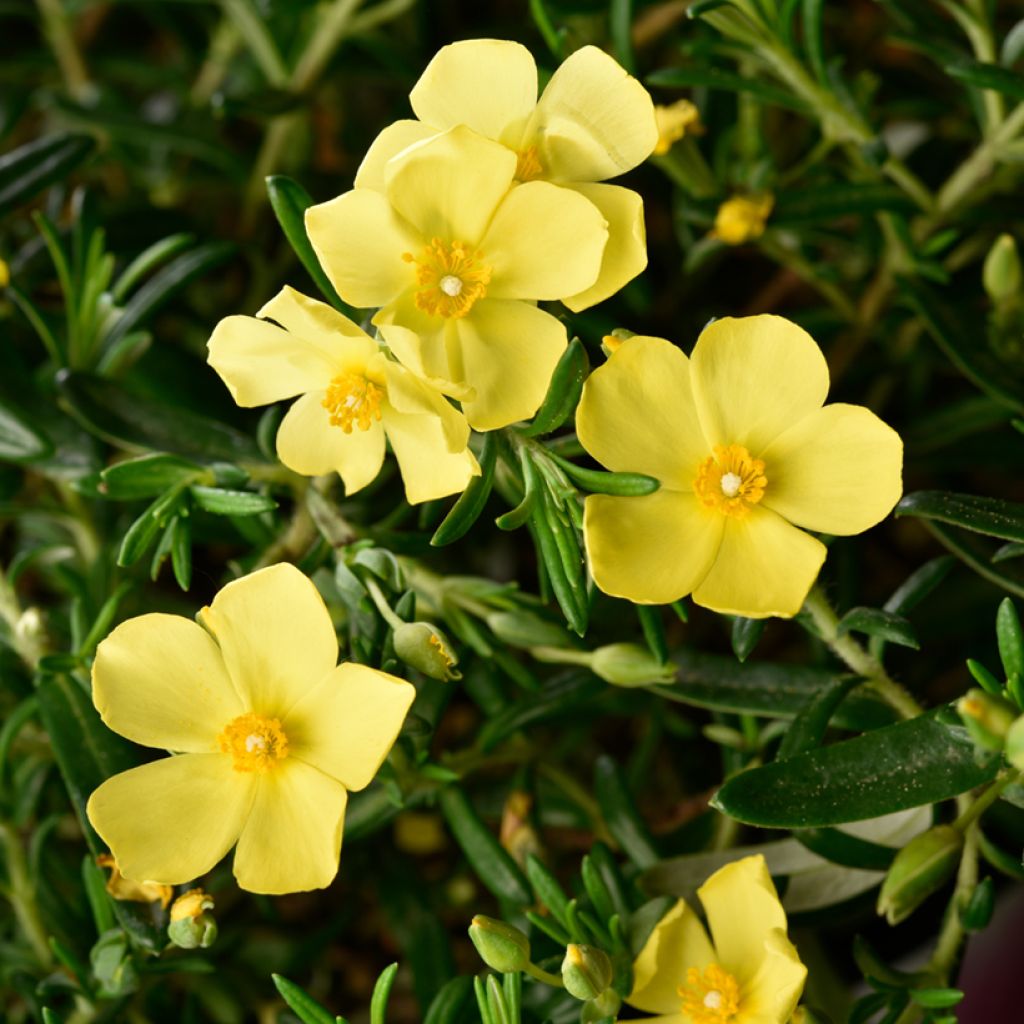

Halimium commutatum
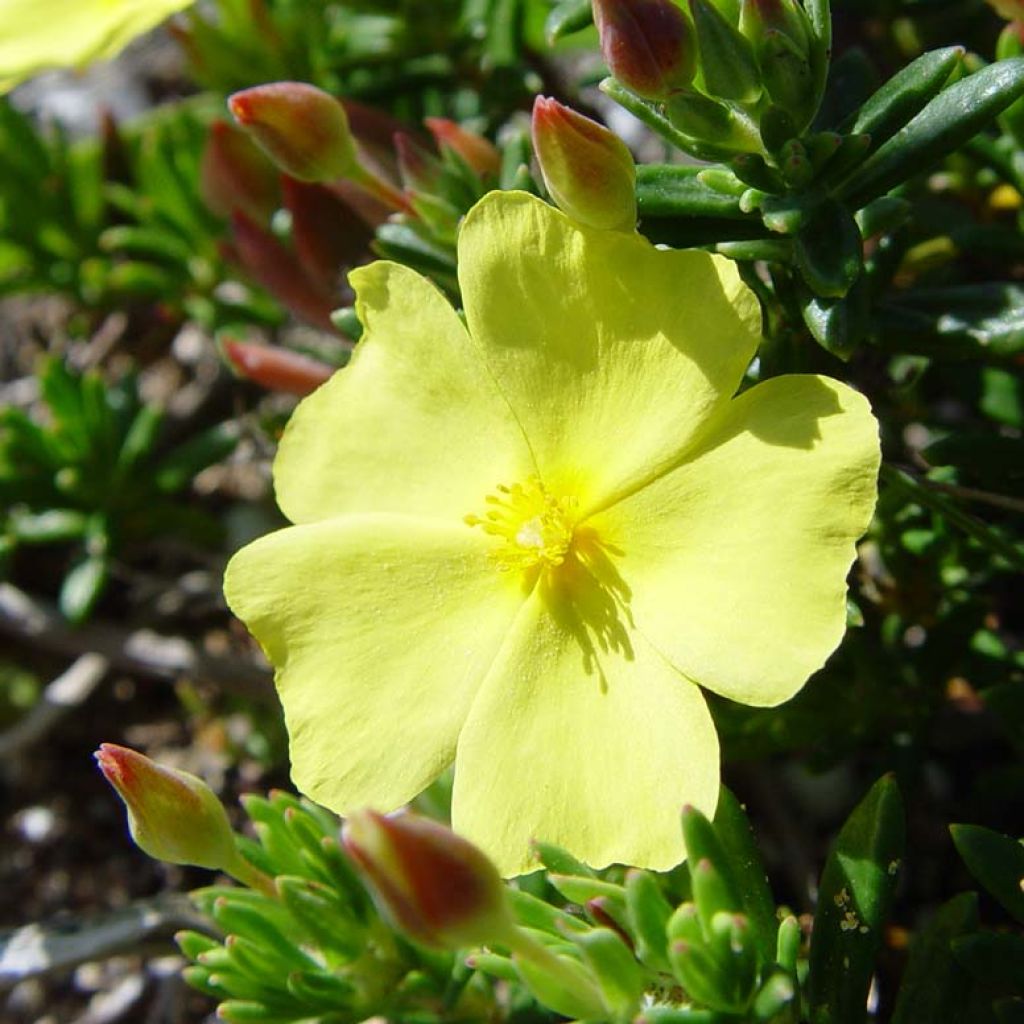

Halimium commutatum
Halimium commutatum
Halimium commutatum
Rock Rose
This plant carries a 24 months recovery warranty
More information
We guarantee the quality of our plants for a full growing cycle, and will replace at our expense any plant that fails to recover under normal climatic and planting conditions.
From €5.90 for pickup delivery and €6.90 for home delivery
Express home delivery from €8.90.
Does this plant fit my garden?
Set up your Plantfit profile →
Description
Halimium commutatum, sometimes called the yellow Halime, is a Mediterranean shrub perfectly adapted to dry and arid conditions and poor soils. In spring, it is covered with a multitude of small cup-shaped flowers of a pure and very bright yellow. Its flowers only last for a day, but they renew themselves for 3 weeks, with thick foliage of a dark, satin green. This sturdy plant pierces the rocky areas of scrub vegetation with its deep roots to draw its strength. Give it a dry slope, lots of rocks or sand, absolutely no compost or fertilizer, plenty of sunlight, and a sheltered area in the garden!
Halimium commutatum (synonym Halimium calycinum, Cistus calycinus) belongs to the Cistaceae family, just like its close relatives, the Cistus. It is native to southwestern Europe (Spain, Portugal). This branching, bushy shrub has a spreading and sprawling habit. It will reach a height of 50 cm (19.7 in) in 10 years, with a diameter of 80 cm (31.5 in) to 1m (3 ft 4 in). The flowering takes place in spring or early summer depending on the climate, from March to May-June. The rusty-coloured flower buds open into round and well-opened flowers, 3cm (1.2 in) in diameter, with 5 bright yellow petals. The centre of the flower is occupied by a small bouquet of stamens of an even brighter lemon yellow. They only live for a day, covering the ground with their petals in the late afternoon, but will already be replaced the next morning. The evergreen foliage is composed of small narrow leaves, thick, dark green and shiny on the top, with a silvery downy underside.
The Halime is a plant for rockeries and poor soils, perfectly adapted to hot coastal climates. Its modest size makes it suitable for ornamenting a dry rockery or very sunny borders. Create a group, reminiscent of scrub vegetation, by mixing the foliage and scents of lavender (blue, white, pink), rosemary (creeping or erect), thyme (T.vulgaris, T. polytrichus), salvias (Salvia x jamensis or officinalis), oregano, teucriums (T.chamaedrys, T. x lucidrys, T. hircanicum), California poppies, catmints, ballotes and dryland spurges (E.characias, E. cyparissias). Cultivating in large pots is possible, by ensuring good drainage and providing abundant but infrequent watering in summer, allowing the substrate to dry out between waterings.
Halimium, like Cistus, is a pioneering plant, linked to fire ecology. In nature, seed germination is subject to the action of intense and brief heat associated with fires. They quickly colonize devastated surfaces, allowing other plants to establish themselves under their branches. With a relatively short lifespan of 10 to 15 years, these shrubs then make way for larger shrubs that deprive them of sunlight.
Report an error about the product description
Halimium commutatum in pictures


Plant habit
Flowering
Foliage
Botanical data
Halimium
commutatum
Cistaceae
Rock Rose
Mediterranean
Other Halimium
Planting and care
Plant Halimium in spring in areas with borderline hardiness, but early autumn in hot and dry climates so that the plant has time to establish itself before summer arrives. Carefully choose its location, as this plant does not appreciate being disturbed. Like Cistus, it requires a perfectly drained, rocky or sandy soil, poor, with a tendency to be acidic, neutral or even slightly alkaline. In heavy soil, it may show signs of chlorosis. If your soil tends to be clayey, enrich it with coarse sand and gravel (preferably non-chalky) to ensure perfect drainage. It cannot thrive without sunlight and likes to have warm roots. Under these conditions, it is hardy down to -10 or -12°C (14 or 10.4 °F) and will live longer. Mulch it in winter in the coldest regions and protect it from the cold as much as possible. Place it in the warmest corner of the garden, in full sun against a south-facing wall, in a substrate that does not retain moisture, which would be fatal to it in winter or summer, which is its period of vegetative rest.
The combination of heat and humidity in summer leads to the development of a fungus that attacks the collar of the plant and is fatal to it, just like a Siberian cold.
You can prune the stems after flowering to encourage the plant to branch out. Avoid severe pruning.
Propagation by cuttings in autumn, or by sowing fresh, scarified seeds in autumn.
Planting period
Intended location
Care
This item has not been reviewed yet - be the first to leave a review about it.
Evergreen shrubs
Haven't found what you were looking for?
Hardiness is the lowest winter temperature a plant can endure without suffering serious damage or even dying. However, hardiness is affected by location (a sheltered area, such as a patio), protection (winter cover) and soil type (hardiness is improved by well-drained soil).

Photo Sharing Terms & Conditions
In order to encourage gardeners to interact and share their experiences, Promesse de fleurs offers various media enabling content to be uploaded onto its Site - in particular via the ‘Photo sharing’ module.
The User agrees to refrain from:
- Posting any content that is illegal, prejudicial, insulting, racist, inciteful to hatred, revisionist, contrary to public decency, that infringes on privacy or on the privacy rights of third parties, in particular the publicity rights of persons and goods, intellectual property rights, or the right to privacy.
- Submitting content on behalf of a third party;
- Impersonate the identity of a third party and/or publish any personal information about a third party;
In general, the User undertakes to refrain from any unethical behaviour.
All Content (in particular text, comments, files, images, photos, videos, creative works, etc.), which may be subject to property or intellectual property rights, image or other private rights, shall remain the property of the User, subject to the limited rights granted by the terms of the licence granted by Promesse de fleurs as stated below. Users are at liberty to publish or not to publish such Content on the Site, notably via the ‘Photo Sharing’ facility, and accept that this Content shall be made public and freely accessible, notably on the Internet.
Users further acknowledge, undertake to have ,and guarantee that they hold all necessary rights and permissions to publish such material on the Site, in particular with regard to the legislation in force pertaining to any privacy, property, intellectual property, image, or contractual rights, or rights of any other nature. By publishing such Content on the Site, Users acknowledge accepting full liability as publishers of the Content within the meaning of the law, and grant Promesse de fleurs, free of charge, an inclusive, worldwide licence for the said Content for the entire duration of its publication, including all reproduction, representation, up/downloading, displaying, performing, transmission, and storage rights.
Users also grant permission for their name to be linked to the Content and accept that this link may not always be made available.
By engaging in posting material, Users consent to their Content becoming automatically accessible on the Internet, in particular on other sites and/or blogs and/or web pages of the Promesse de fleurs site, including in particular social pages and the Promesse de fleurs catalogue.
Users may secure the removal of entrusted content free of charge by issuing a simple request via our contact form.
The flowering period indicated on our website applies to countries and regions located in USDA zone 8 (France, the United Kingdom, Ireland, the Netherlands, etc.)
It will vary according to where you live:
- In zones 9 to 10 (Italy, Spain, Greece, etc.), flowering will occur about 2 to 4 weeks earlier.
- In zones 6 to 7 (Germany, Poland, Slovenia, and lower mountainous regions), flowering will be delayed by 2 to 3 weeks.
- In zone 5 (Central Europe, Scandinavia), blooming will be delayed by 3 to 5 weeks.
In temperate climates, pruning of spring-flowering shrubs (forsythia, spireas, etc.) should be done just after flowering.
Pruning of summer-flowering shrubs (Indian Lilac, Perovskia, etc.) can be done in winter or spring.
In cold regions as well as with frost-sensitive plants, avoid pruning too early when severe frosts may still occur.
The planting period indicated on our website applies to countries and regions located in USDA zone 8 (France, United Kingdom, Ireland, Netherlands).
It will vary according to where you live:
- In Mediterranean zones (Marseille, Madrid, Milan, etc.), autumn and winter are the best planting periods.
- In continental zones (Strasbourg, Munich, Vienna, etc.), delay planting by 2 to 3 weeks in spring and bring it forward by 2 to 4 weeks in autumn.
- In mountainous regions (the Alps, Pyrenees, Carpathians, etc.), it is best to plant in late spring (May-June) or late summer (August-September).
The harvesting period indicated on our website applies to countries and regions in USDA zone 8 (France, England, Ireland, the Netherlands).
In colder areas (Scandinavia, Poland, Austria...) fruit and vegetable harvests are likely to be delayed by 3-4 weeks.
In warmer areas (Italy, Spain, Greece, etc.), harvesting will probably take place earlier, depending on weather conditions.
The sowing periods indicated on our website apply to countries and regions within USDA Zone 8 (France, UK, Ireland, Netherlands).
In colder areas (Scandinavia, Poland, Austria...), delay any outdoor sowing by 3-4 weeks, or sow under glass.
In warmer climes (Italy, Spain, Greece, etc.), bring outdoor sowing forward by a few weeks.





































